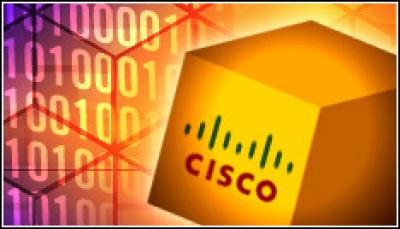Stand By For Cisco’s Server Announcement

We’ve all known for a long while that Cisco has plans for the data centre. This week we find out what they are.
“The network is the ideal place to connect heterogeneous equipment [which is the stuff of all data centres], and it is the natural place to scale and manage all these different images – be they servers, apps or storage,” Ullal told Musich.
“To continue to add virtual capacity, configure downstream storage, add/drop/delete, and maintain configurations, it requires a constant state. The network is ideal for that. The radical approach to booting from the network and providing a heterogeneous set of automated discovery management tools was compelling,” Ullal said.
The other thing Cisco realised was that the depth of VFrame comes also from the number of devices it will have to support, Ullal said. In 2007, it was very Cisco-centric; since then, the company has provided API integration with VMware using SOAP [Simple Object Access Protocol] XML APIs, among many other APIs.
Cisco’s “Data Center 3.0” vision, was to be a three- to five-year effort before coming to fruition, said Ullal.
The centrepiece of that vision, the Cisco VFrame Data Center appliance, was designed to bring greater automation to the process of provisioning the server, storage and network resources needed to bring new business applications online.
Nearly two years later, ahead of schedule, Cisco apparently is ready to launch a retooled VFrame along with a new home-developed server, and perhaps some other products. We’ll find out March 16.
“This is an architectural statement about how data centres need to be retrofitted,” Ullal said. “This is a journey, not a sprint.”
With so many legacy data centres around the world originally outfitted in the 1980s and ’90s ready to be refreshed to handle Web services and the increasing demand of cloud computing, the time is right for a company to come into this market from the networking perspective.
A new race against the conventional data centre competition – IBM, Hewlett-Packard, Dell, Sun Microsystems, and dozens of other companies – is just about to begin.